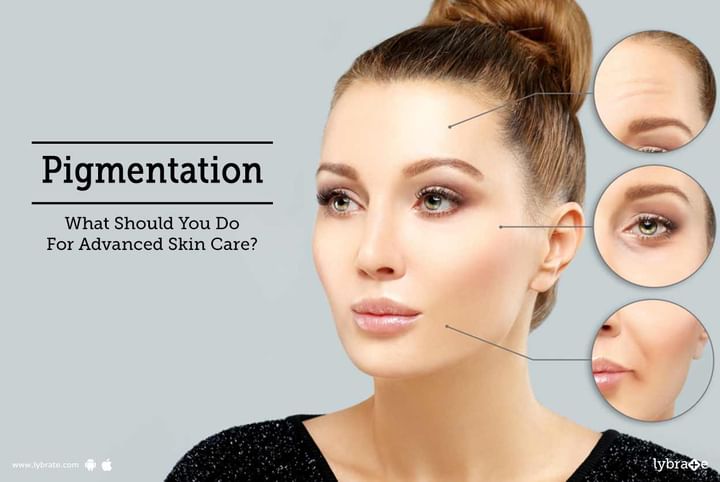Pigmentation - What Should You Do For Advanced Skin Care?
Our skin gets its color called melanin. This is a pigment that is produced by a special kind of skin cells. When these cells get impaired then melanin production is also affected. This leads to discoloration of the skin which is called pigmentation. Pigmentation can manifest in many ways. Production of excessive melanin, excessive exposure to the sun, pregnancy and Addison's disease- all these make the skin darker. On the other hand, too little melanin production leads to the lightening of the skin. This condition is also called Vitiligo. Albinism is a medical condition where the skin color is light because of genetic reasons.
How can Pigmentation be treated?
There are a few advanced skin care procedures that treat pigmentation. Please consult a dermatologist before you go in for one of these procedures.
- Laser Resurfacing: It uses the laser to improve the surface of the skin and remove wrinkles, acne, dark spots etc. The two more popular techniques of laser surfacing are;
- CO2: The Carbon Dioxide laser is used to remove warts, moles, acne and dark spots from the skin.
- Erbium: If you have moderately deep lines and wrinkles on your face, neck, hands etc. then this technique is more effective than the CO2 led one. Also, it leaves fewer side effects.
- Please note that patients having a very dark skin should not consider laser surfacing as this procedure may be ineffective. Laser resurfacing may be painful. Some patients may be administered medicines or sedatives to reduce pain.
- Chemical Peels: To exfoliate the dark skin, a special kind of chemical is applied to the skin which leads to the regeneration of a new skin. The patient must be aware that the new skin is temporarily sensitive to the sun. Chemical peels are used to treat the same skin conditions that are treated by dermabrasion.
- Dermabrasion: This procedure involves abrasion of the upper skin by a wire brush or a diamond wheel. For facial skin care, this process is used often. Dermabrasion allows the skin to heal itself so after the procedure is over, there is a new layer of skin on your face.
- Factors to consider before Dermabrasion: Patients undergoing dermabrasion must understand that during and after this procedure, they must adhere to the doctor’s instructions. If the procedures are not followed, there is a risk of contracting skin infections. Dermabrasion is a painful process so the patients must be aware of this facts also. Typically, the improvement rate of the skin, after dermabrasion, is 50%, so the expectations must be realistic.
- Dermabrasion is used to treat the following skin conditions;
- Skin lesions
- Sun-damaged skin
- Brown/ Dark spots caused by ageing
- Wrinkles, skin growths and skin protuberances
- Scars and Crow’s Feet



+1.svg)
